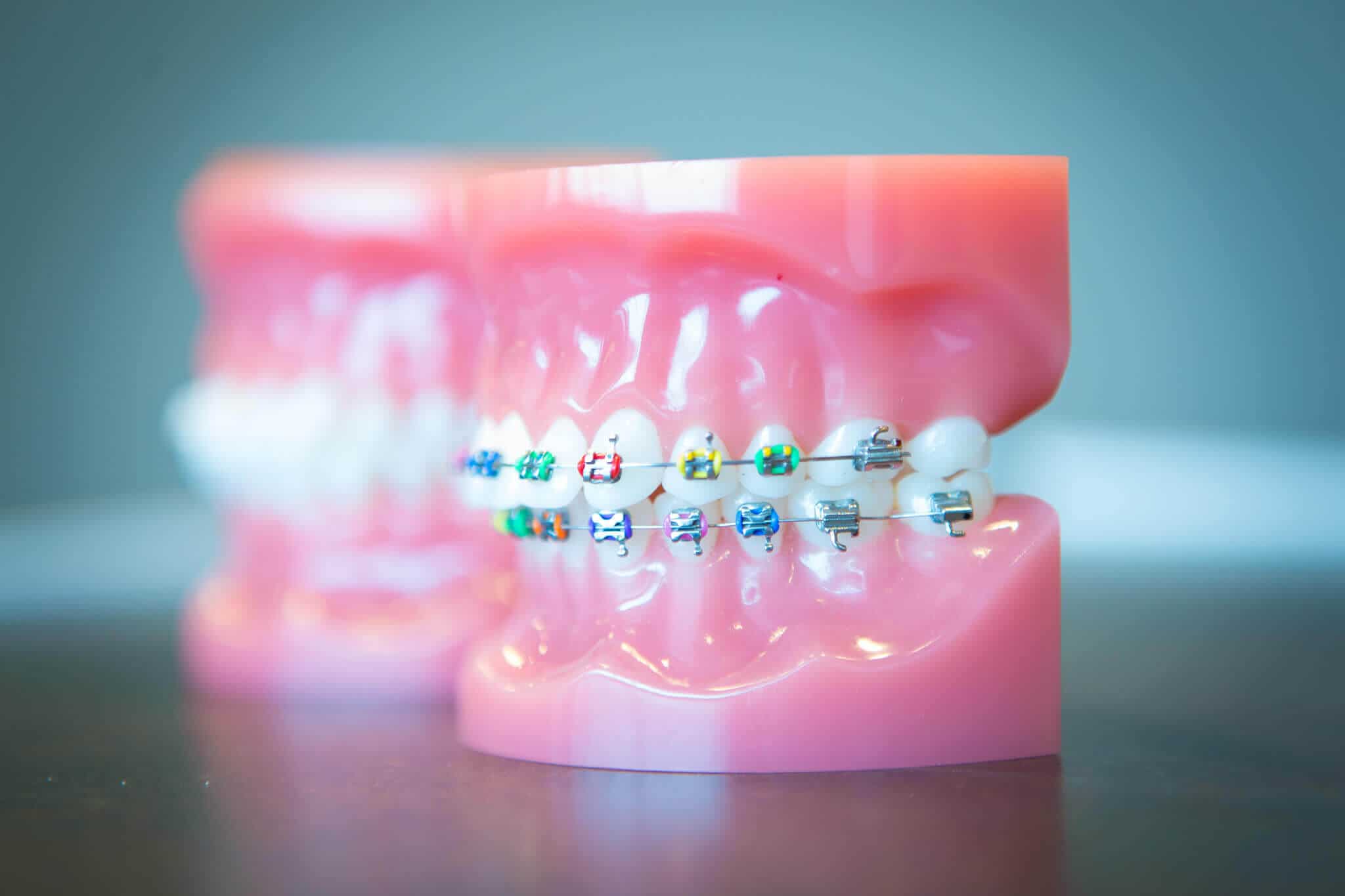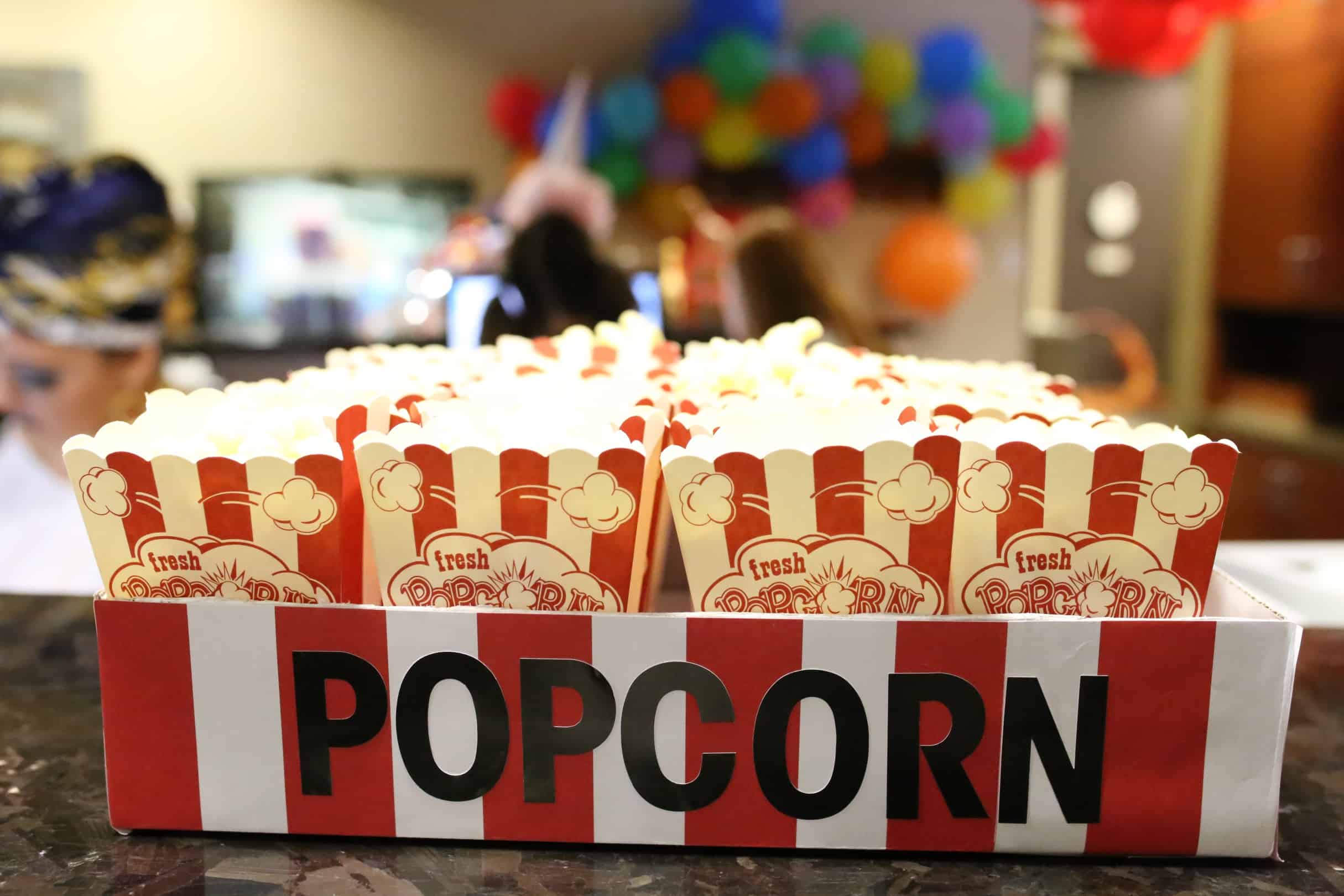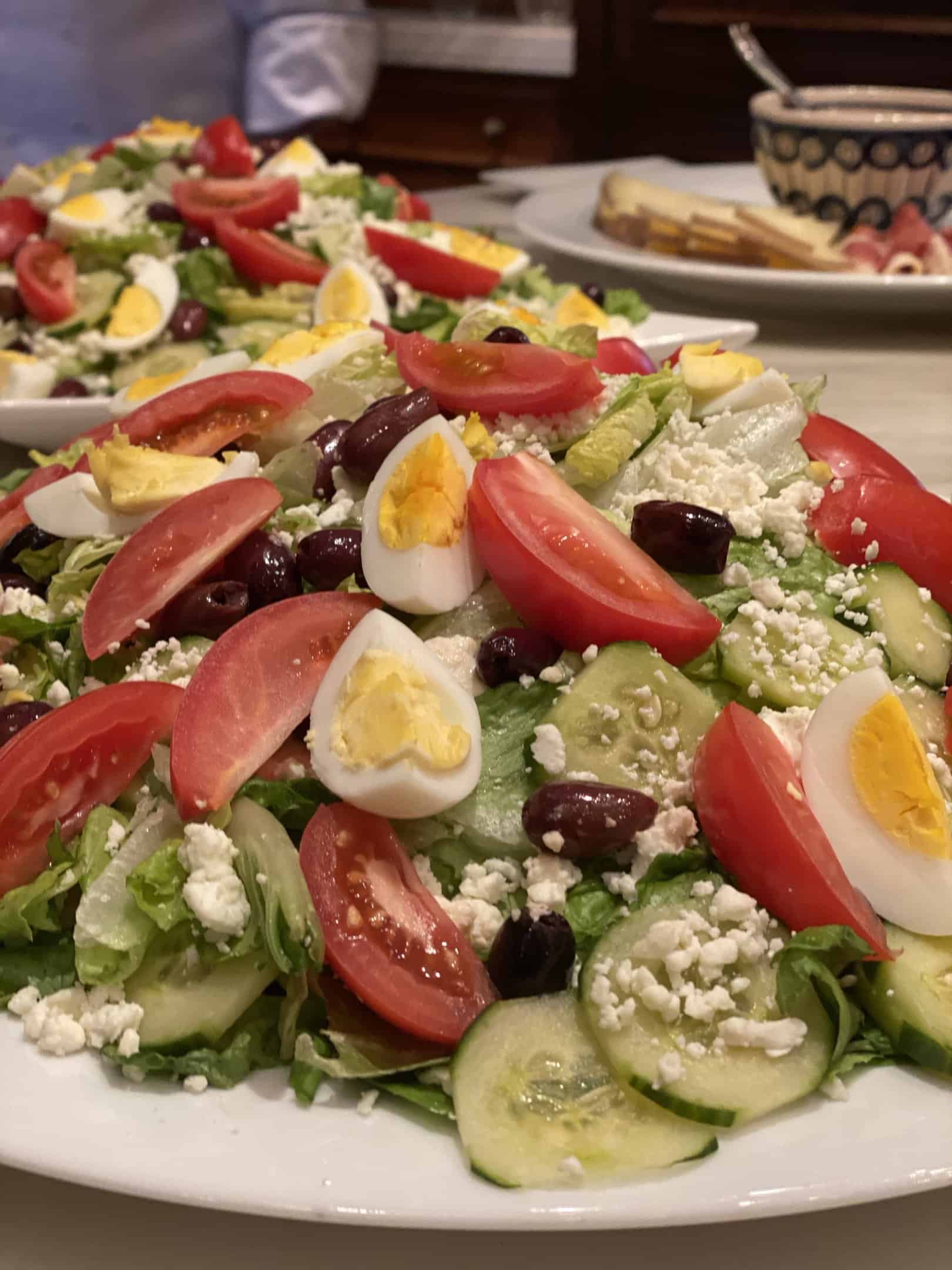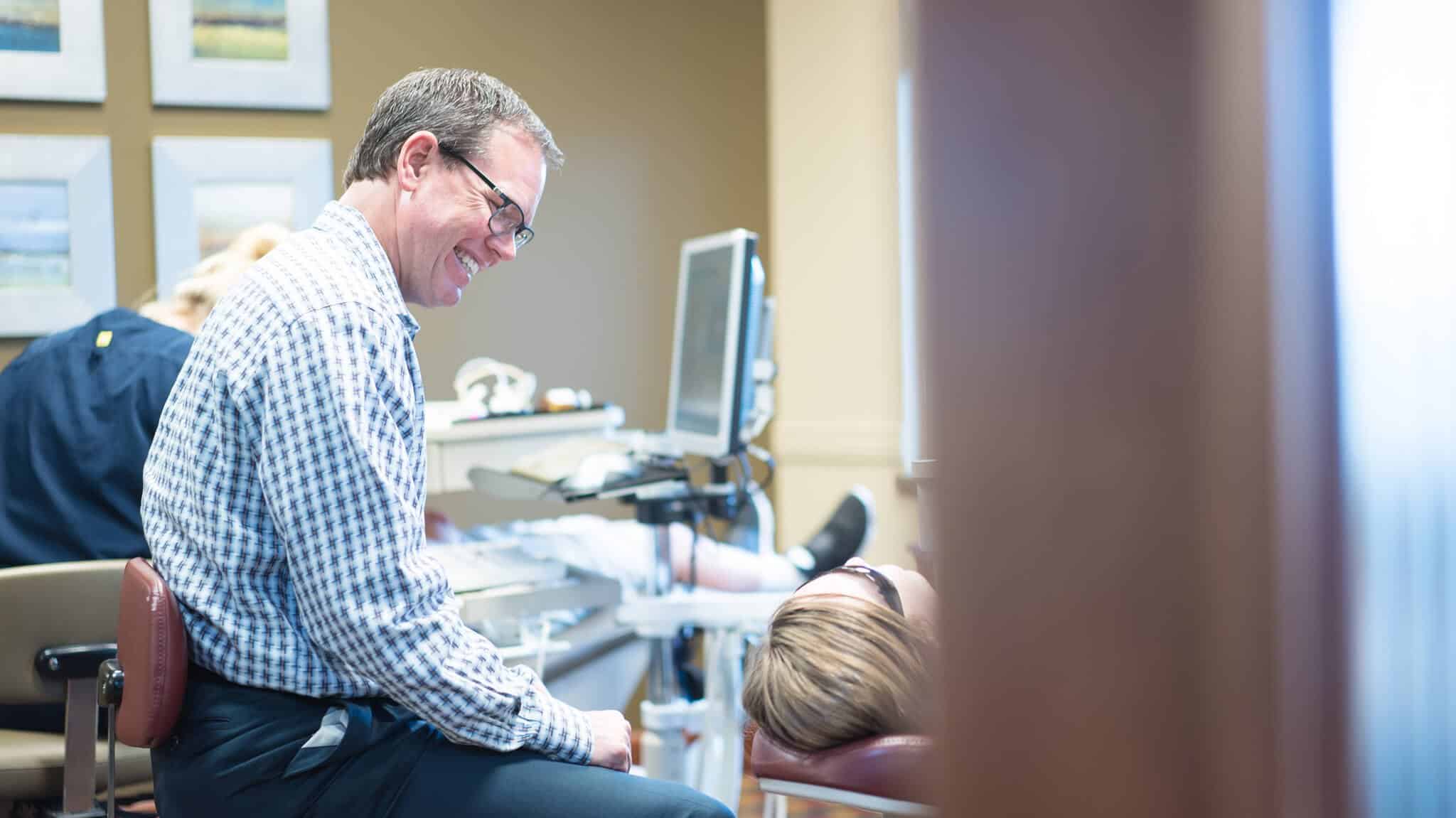Patients preparing for braces often have an array of questions. Are there certain foods you can’t eat? Will there need to be any changes in eating habits? What’s the best way to keep braces clean after meals? At Oltjen Orthodontics, we’ve heard all these questions and many more. We want you to be well-informed before embarking on your orthodontic treatment, so we’re always available to answer any questions you may have. We thought we’d start by answering these common questions.
Why are there food limitations with braces?
Eating with braces can be a bit tricky for some. Though the braces are placed on the teeth securely, hard or chewy foods could pull the braces off the teeth or break the wires attached to them. Sticky foods can pull elastics from the braces. Damage to the braces means emergency trips to the orthodontist for repairs.
For this reason, it’s best to limit taking smaller bites of certain foods and avoid others altogether. We’ve compiled a list of some of the most common food concerns with braces. If you have questions about specific foods, you can contact us at Oltjen Orthodontics. We’re always here to help!
Foods to avoid
Certain foods should be avoided while undergoing treatment with braces. Hard foods, sticky foods, or excessively chewy foods can cause damage. Here is a list of some foods to avoid:
- Popcorn
- Nuts
- Hard taco shells
- Hard candies
- Ice
- Gum
- Caramels
- Sticky or chewy chocolate
- Taffy
- Corn chips
- Pretzels
- Hard raw vegetables such as carrots or broccoli
- Hard fruits you must bite into, such as apples or pears
- Hard cookies or crackers
These are some of the most common foods to avoid. Essentially, if it’s hard to chew, it probably would be hard on your braces. In that case, it’s best to avoid that food.
Foods to eat with caution
Other foods can be eaten, but with a certain amount of preparation or caution. These foods can be consumed, but only if you’re willing to take the time to cut them into small, bite-sized pieces. These foods include:
- Hard bread such as French bread or bagels
- Thin-crust pizza
- Fruit
- Meat
- Burgers
- Corn on the cob
- Large sandwiches such as sub sandwiches
- Light crackers
While some sweets can be consumed, they should be eaten in moderation. Sweets can cause tooth decay, and sweets that get stuck in or under braces can accelerate that tooth decay.
Foods to enjoy
It may seem as if there are a lot of limitations to eating when it comes to wearing braces. There are still many foods that can be eaten and enjoyed. Just a few suggestions include:
- Pasta such as spaghetti, lasagna, or ravioli
- Cheese
- Mashed potatoes
- Peanut butter and jelly
- Yogurt
- Ice cream
- Soups
- Seafood
- Moist or soft desserts
- Cooked vegetables
Soft foods that aren’t chewy are perfect for your braces. In fact, such foods are best after an adjustment, when your teeth may feel a little sensitive.
Types of braces
Today’s traditional braces are still made of metal but are made to be more comfortable than ever. They use elastics, which nowadays come in a variety of colors. You or your child can choose a favorite color to add a bit of personality to the braces.
Clear or ceramic braces are similar to traditional metal braces but are clear or white in color, allowing them to blend in better with the teeth. That means they have a lower profile than traditional braces.
Self-ligating braces are similar to traditional braces, but they don’t use elastics. That means less friction on the tooth and fewer trips to the orthodontist for adjustments.
To find which braces are the best fit for you or your child, you can start with a free virtual consultation. Visit our website to get started. Someone will contact you for a follow-up and one-on-one free consultation. Or, you can schedule an in-person consultation in our Olathe, KS, or Overland Park, KS, office. You are under no obligation to accept treatment, so no pressure there!
Cleaning braces after eating
No matter what type of braces you choose, it’s important to maintain good oral hygiene during treatment by brushing three times a day. Use a soft-bristled brush to avoid damaging your braces, but be sure to remove any food in or around the braces. It’s also important to floss. A floss threader may help you get food around your braces, but be careful not to damage the elastics or wires.
Dealing with damage
What happens if a wire or elastic does break or if one of the braces pops off?
If your braces are damaged, it’s important to contact your orthodontist right away. At Oltjen Orthodontics, we are practiced in handling damage emergencies. We’ll work to get you in right away and make the repairs quickly. Simply give us a call and let us assist you.
Ask Oltjen Orthodontics
You may still have several questions about braces, such as which type is right for you, and how long you might have to wear them. The best way to answer these questions is with a free consultation with Oltjen Orthodontics. Start by scheduling a consultation. You can choose a virtual consult or an in-person consult to start your orthodontics journey. We’re ready to serve your orthodontic needs!





